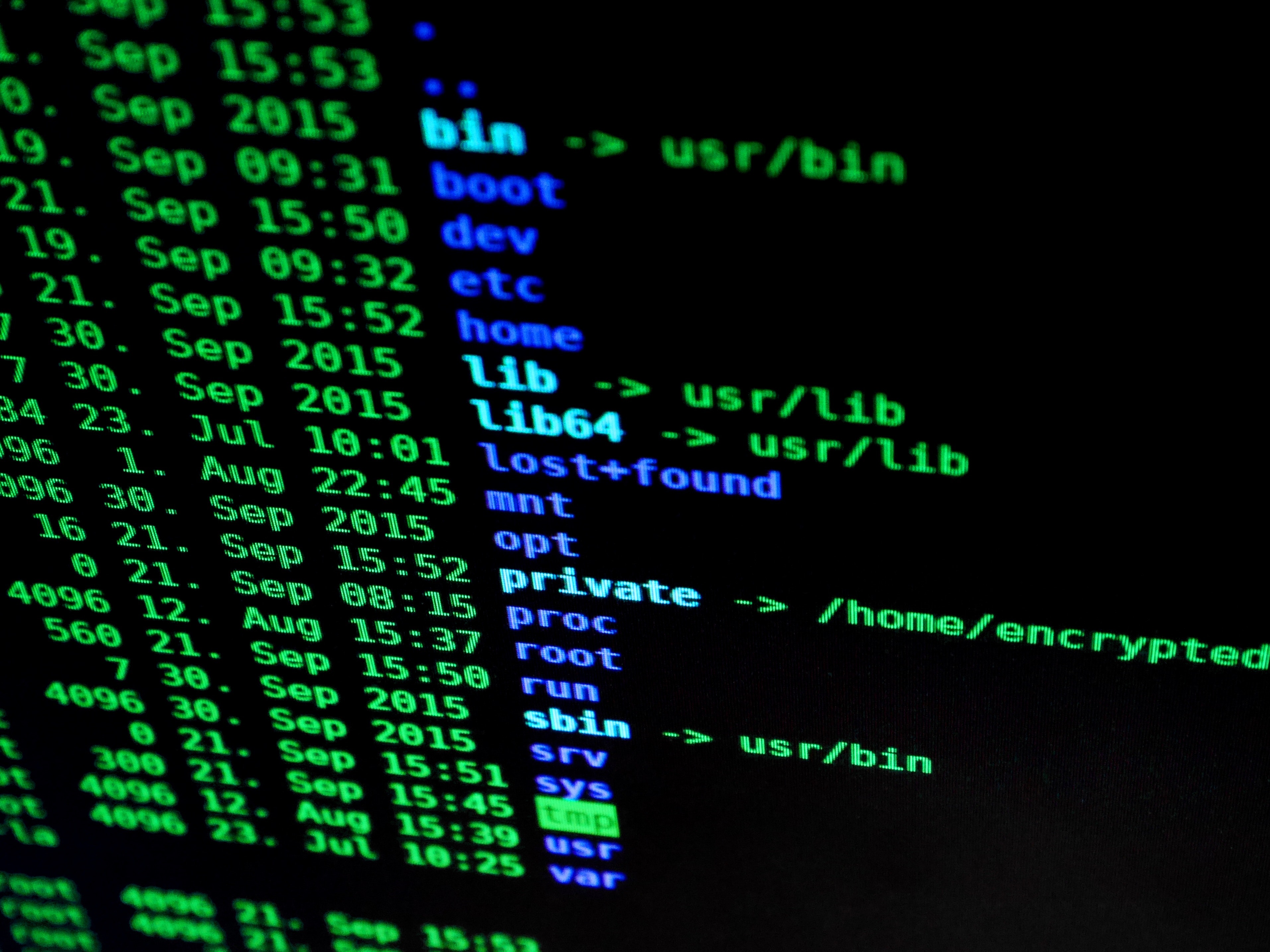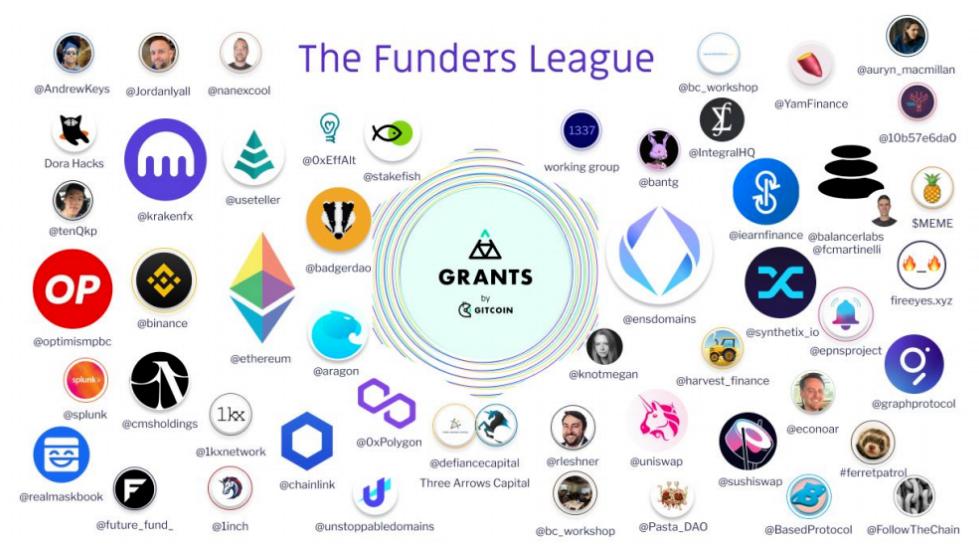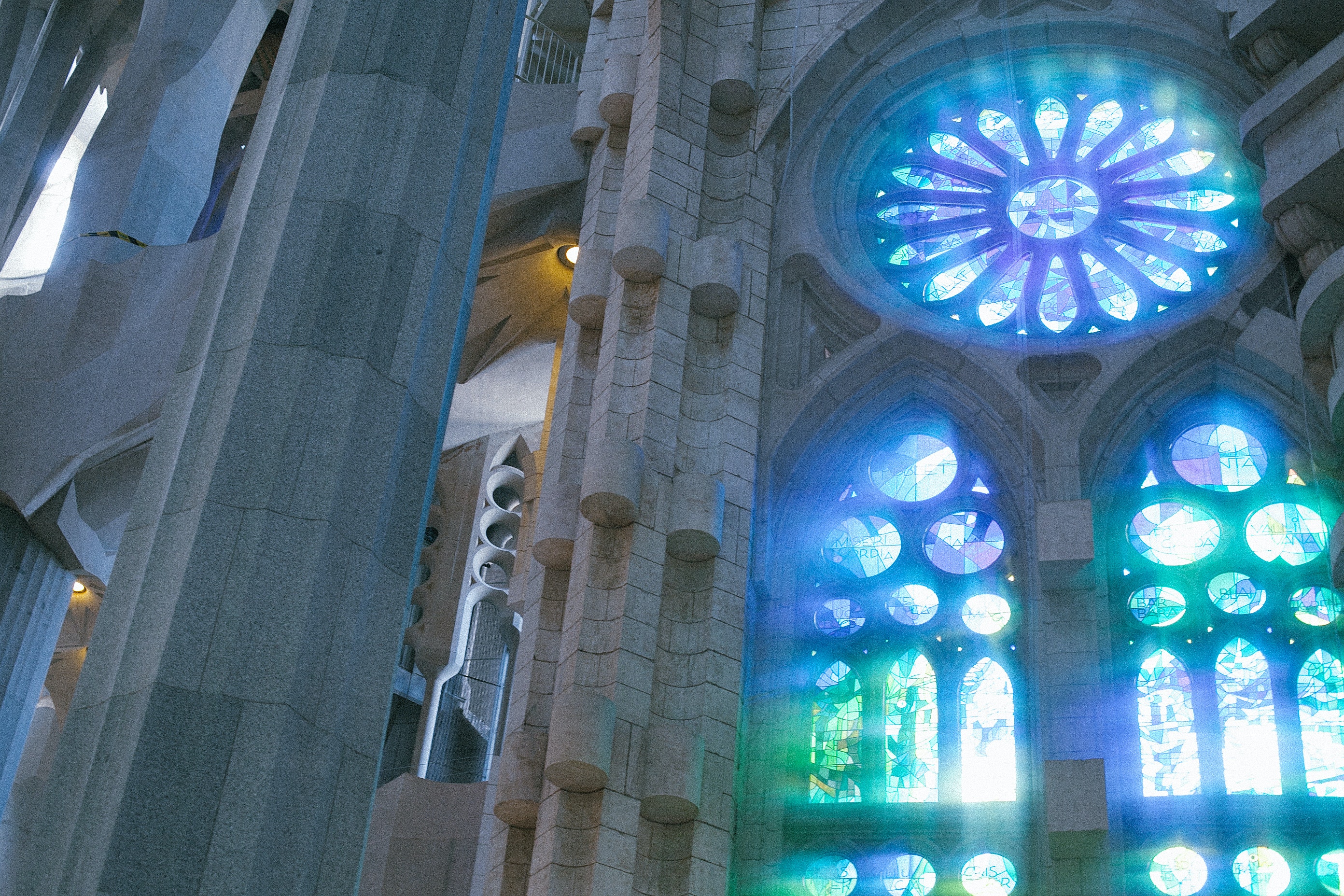
VERTU IRONFLIP: A Perfect Fusion of Intuitive Design and Heroic Colours
VERTU IRONFLIP, a folding screen mobile phone for high-end men, not only has the top technological configuration, but also the
Web 3.0 will subvert the Web 2.0 Internet from three perspectives: openness, privacy, and co-construction, and create a decentralized world dominated by user communities, reconstructing the paradigm of Internet traffic value.
Openness, privacy, and co-construction, Web 3.0 is transforming and restructuring the Internet we know from three directions, that is, Web 2.0 centered on core Internet companies.

However, as Web3.0 is increasingly mentioned in the industry, what is Web3.0? What are the characteristics of Web3.0? Why do we need Web3.0? These doubts are becoming the three dark clouds troubling contemporary Internet users. Next, we will try to help everyone dispel the above three dark clouds.

Some people say that Web3.0 refers to a decentralized online ecosystem based on blockchain technology, while others believe that Web3.0 is not just a technical innovation, but a technical integration that provides users with more personalized Internet information and services through a unified communication protocol in a more concise way.
However, we believe that Web3.0 is an Internet traffic value paradigm, which breaks the boundaries of the Web2.0 ecosystem. The complexity and combinability between applications will no longer be limited. Users will roam in the Web3.0 world with an open attitude, fully exerting their creativity while their privacy is well protected, and at the same time, traffic value will be returned to users and communities.
Web 3.0 has three main characteristics: openness, privacy, and co-creation.
Firstly, openness.
In the Web 1.0 era, the internet enabled transactions for anyone without any barriers;
In the Web 2.0 era, the internet achieved the feat of allowing anyone to participate, with user-generated content being legitimized and community-based;
In the Web 3.0 era, the openness of the internet has further advanced, where user behavior is not restricted by third parties, and internet applications break through the so-called boundaries within and between ecosystems. Applications have a high degree of combinability and complexity, and the internet has achieved the ability for anyone to innovate.
Next is privacy.
In Web 2.0, although content can be produced by every netizen, all the data we produce is stored in the hands of internet giants. If you don’t believe it, go and click on the user privacy agreement of “Honor of Kings” and you will see that you only have the right to use the data, not the ownership. Because of this, we often see news about privacy breaches in the Web 2.0 era.
Web 3.0 is composed of infrastructure such as blockchain and cross-chain technology, decentralized identity, distributed storage, and privacy computing, which has a unique advantage in terms of privacy.

Finally, it is about co-construction.
Users’ content creation in Web 2.0 Internet applications is limited in many ways (restricted by platform audits, cross-platform limitations), and the restrictions in community governance are even more severe, which in turn limits the value capture of users in the creator economy.
Web 3.0 will break these restrictions, and at the same time, the token incentive mechanism of the blockchain will effectively feedback the value of the content economy to the creators. Another aspect of co-construction and sharing is co-governance, that is, DAO.

By comparing the characteristics of Web3.0 with Web2.0 and Web1.0, we can find that Web3.0 is essentially a change in the redistribution of data value. As long as it conforms to the spirit of Web3.0, it can be considered as Web3.0. Now that humanity has reached the crossroads of Web3.0, what will be the landing form of Web3.0?

Web 3.0 is full of imagination, but its ultimate form is not yet clear, although its trend has already emerged.
In the process of evolving towards Web 3.0, there are many products that are a mix of Web 2.0 and Web 3.0, with typical representatives being Opensea and Metamask wallets. Currently, the main directions we can boldly imagine are two.

Firstly, it is the metaverse.
The Internet in the Web2 era has obvious ecological boundaries (which is a result of the centralized operation of companies). A giant Internet company controls the core access to the ecosystem, and there are fewer cross-ecosystem applications – for example, the restrictions of online payment tools across ecosystems, and the blocking of hyperlinks between important Internet application entrances. The so-called Internet applications are actually limited to activities within different ecological regions.
In the metaverse world of the Web3 era, the “gulf” and boundaries of the Web2 era will be broken. For example, a subject in the metaverse can engage in economic activities in the DeFi market and also hold the rights and interests of real-world assets.
That is to say, there is no isolation between the “virtual world” account and the “real world” account system for assets in the metaverse. The metaverse will be a fusion form of the “real world” and the “virtual world”.
Secondly, it is the web.
In the Web 2.0 era, various apps have become the main battlefield for applications, giving rise to businesses such as buying traffic and flashing phones, with a large amount of user time and data being tied up in top apps. However, existing Web 3.0 applications are mainly accessed through web browsers on the PC side. On the mobile side, they are accessed through web browsers, and wallet apps can also serve as an entry point, but they are still accessed through web methods for specific applications.
Unlike the Web 2.0 era, where manufacturers preferred to develop independent mobile apps and PC clients, Web 3.0 may break this phenomenon.

Apps and clients may be more convenient for collecting user behavior data and also facilitate core manufacturers’ management of ecological applications (similar to the review and management of app stores like the App Store). This point will change in the Web3.0 era, which focuses on privacy and development. Perhaps, as its name suggests, Web3.0 will serve as the foundation for all applications.
Of course, Web3.0 is still an Eden at present, not only technically imperfect, but also full of loopholes in terms of systems and regulations. However, it will definitely continue to give birth to new modes of production with the improvement of productivity (computing power) (redistribution of data value).

The content provided in this article is reprinted from 8btc and does not represent the views of our company. It is not intended as investment advice. Please treat it with caution.
